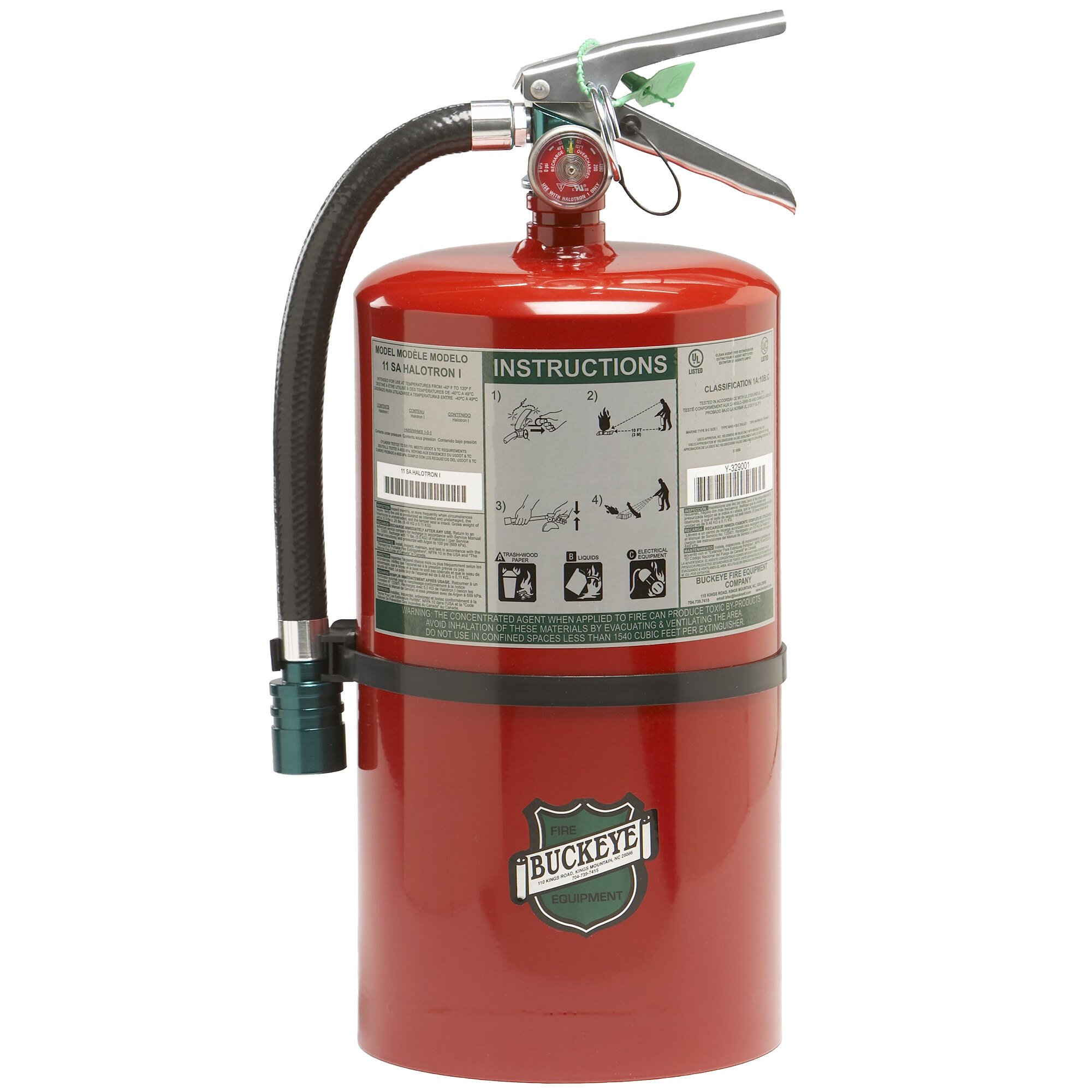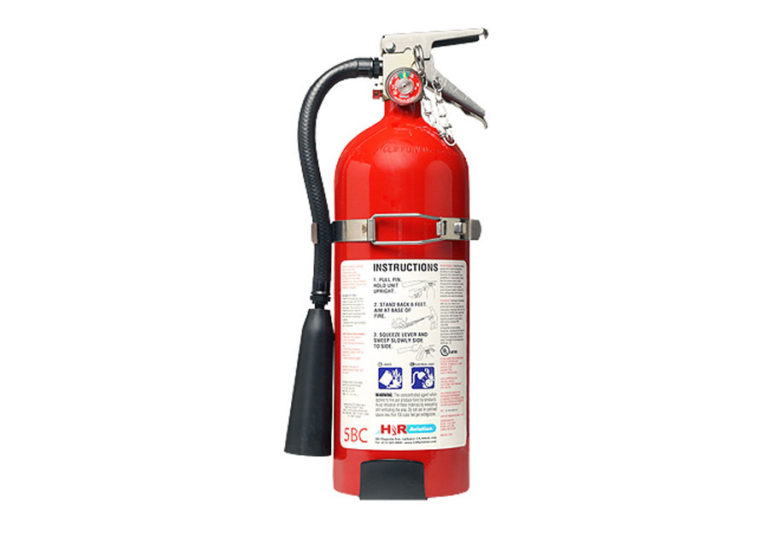

Ullmann's Encyclopedia of Industrial Chemistry. National Institute for Occupational Safety and Health (NIOSH). Immediately Dangerous to Life or Health Concentrations (IDLH).

Halon fire extinguisher free#
Abundances are given as pollution free monthly mean mole fractions in parts-per-trillion. H-1301 measured by the Advanced Global Atmospheric Gases Experiment ( AGAGE) in the lower atmosphere ( troposphere) at stations around the world.


īromotrifluoromethane was also used as a filling of the bubble chamber in the neutrino detector Gargamelle.īefore the dangers of Halon 1301 as an ozone depleter were known, many industrial chillers used it as an efficient refrigerant gas. Efforts to find a suitable replacement for Halon 1301 have not produced a widely accepted replacement. Halon 1301 is the primary agent used in commercial aviation engine, cargo compartments, and auxiliary power unit fire zones. Halon systems are among the most effective and commonly used fire protection systems used on commercial aircraft. In practice, the operators of many Halon 1301 total flooding systems evacuate the space on impending agent discharge. At levels between 7% and 10%, mild central nervous system effects such as dizziness and tingling in the extremities have been reported. Exposure to Halon 1301 in the 5% to 7% range produces little, if any, noticeable effect. It is considered good practice to avoid all unnecessary exposure to Halon 1301, and to limit exposures to concentrations of 7% and below to 15 minutes. Civilian models in 2-3/4, 3, and 4 lb sizes were also made. Other agents such as CO 2 and FE-36 (HFC-236fa) wet chemical are largely replacing halon 1301 for environmental concerns.
Halon fire extinguisher portable#
Military and NASA in a 2-3/4 lb portable extinguisher with a sealed, disposable cylinder for quick recharging. Halon 1301 is ideal for armored vehicles and spacecraft, because it produces fewer toxic by-products than does Halon 1211, which is critical for combat or space conditions where a compartment may not be able to be ventilated immediately. It does not produce the characteristic white cloud like CO 2 and is difficult to direct when fighting large fires. Halon 1301 was never widely used in portables outside military and spacecraft applications, due to its limited range, and invisible discharge. It was also widely used in the maritime industry to add a third level of protection should the main and emergency fire pumps become inoperable or ineffective. Army and DuPont in 1954, and introduced as an effective gaseous fire suppression fixed systems agent in the 1960s, and was used around valuable materials, such as aircraft, mainframe computers, and telecommunication switching centers, usually in total flooding systems. Halon 1301 was developed in a joint venture between the U.S. Uses Warning sign for fire suppression system Civilian Halon 1301 fire extinguisher, USA, 1980s It is used for gaseous fire suppression as a far less toxic alternative to bromochloromethane. Bromotrifluoromethane, commonly known as Halon 1301, R13B1, Halon 13B1 or BTM, is an organic halide with the chemical formula C Br F 3.


 0 kommentar(er)
0 kommentar(er)
